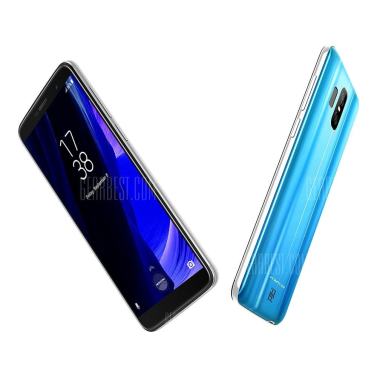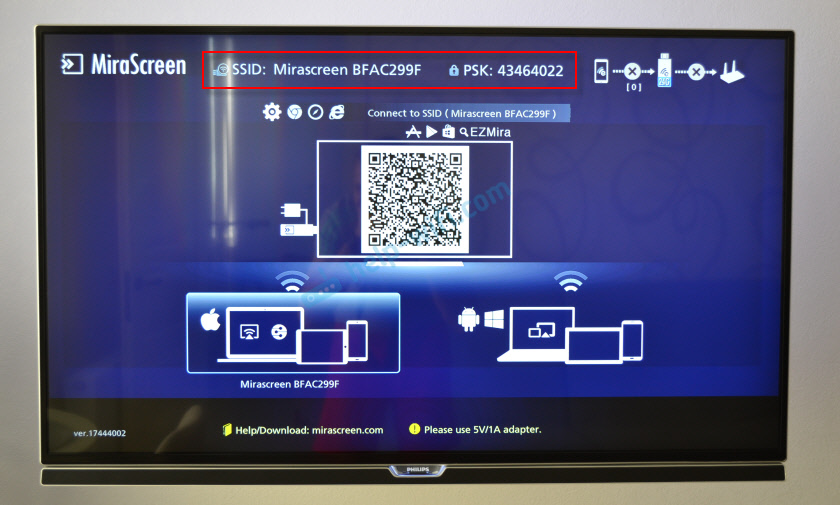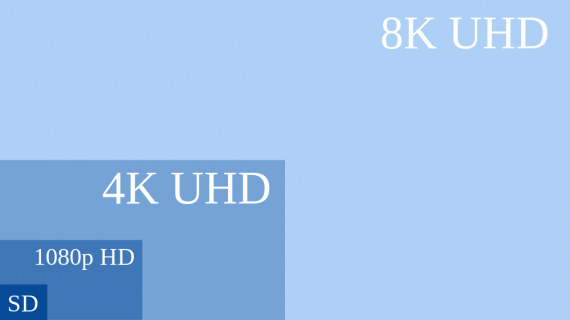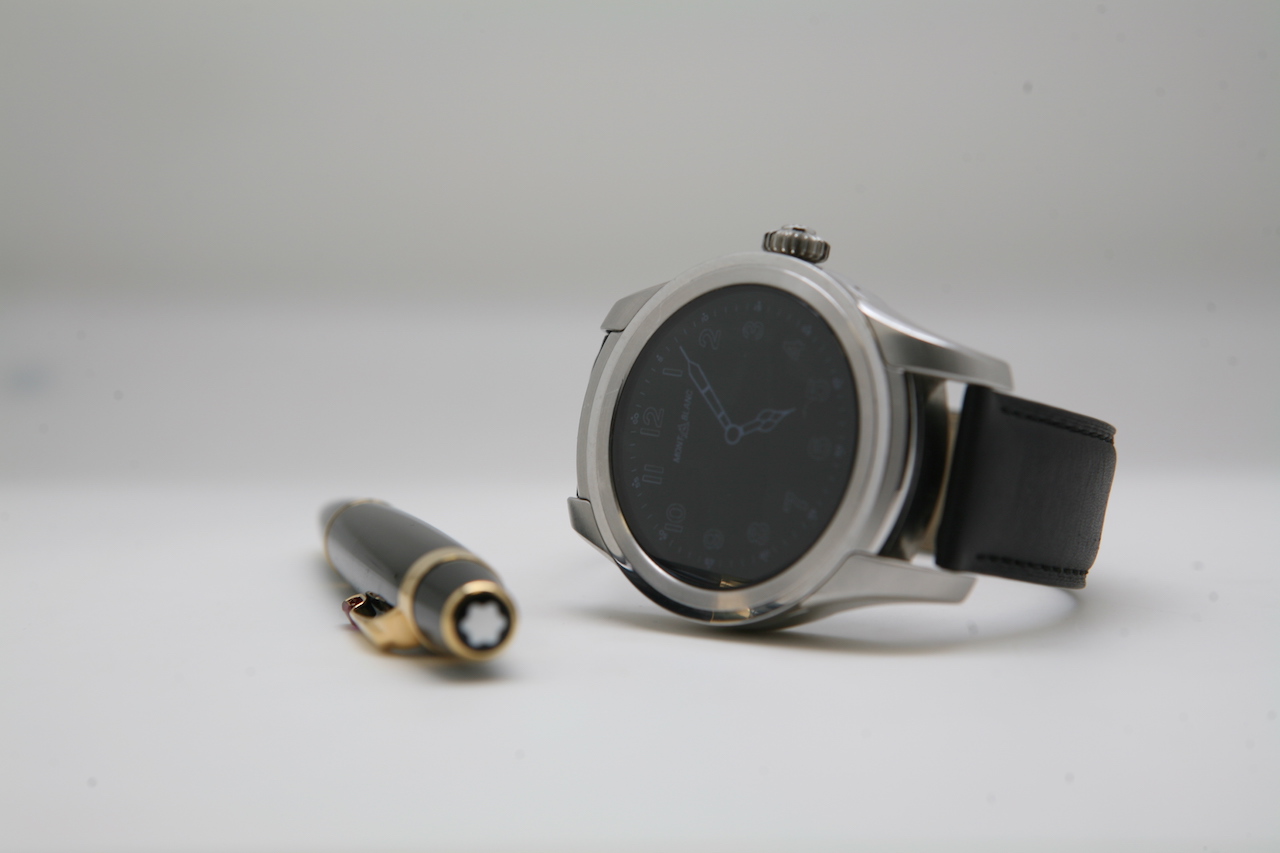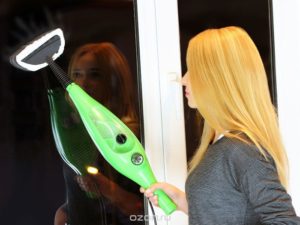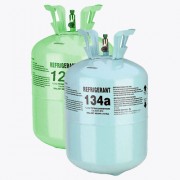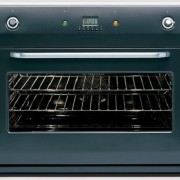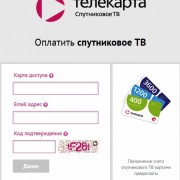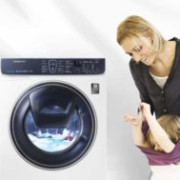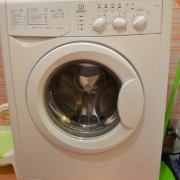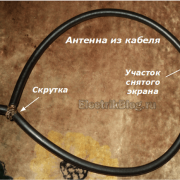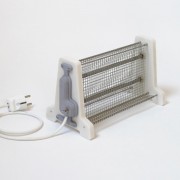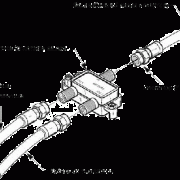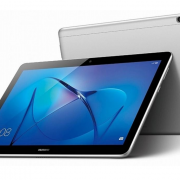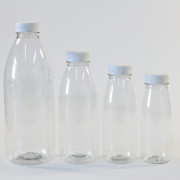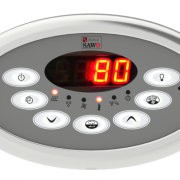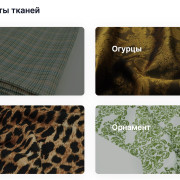HTC U Ultra
Содержание:
Technical Specifications
Dimensions and Weight1
162.41 x 79.79 x 7.99 mm, 170g
Platform Android2
Android 7.0 with HTC Sense
HTC Sense Companion: AI for suggestions based on things you do
Main Camera
12MP (HTC UltraPixel 2 with 1.55μm pixel)
PDAF + Laser focus
BSI sensor
Optical Image Stabilization (OIS)
ƒ/1.8 aperture
Sapphire Lens
Dual tone LED flash
Self timer up to 10 seconds
Face detection
Pro mode with manual control, 16 sec. long exposure, and RAW format support
Auto HDR
Panorama
Zoe capture
Hyperlapse
Slow motion video (720P@120 fps)
4K video recording with 3D Audio, Hi-Res audio
Video Pic
Location
GPS, A-GPS, GLONASS, Beidou
Sound
HTC Usonic
HTC BoomSound Hi-Fi edition
4 mics 3D Audio recording
Hi-Res audio stereo recording
Hi-Res audio certified
Noise cancelation
Gesture and Others
Always on voice commands
Motion Launch
Sensor Hub for activity tracking
HTC Connect
Quiet ring on pick up
Pocket mode
Flip to Mute
Display
5.7 inch, Quad HD (2560 x 1440 pixels)
Pixel density at 513 ppi (pixel per inch)
Super LCD 5
Corning Gorilla Glass 5 with curve edge
Display color personalizationDual Display: 2.05 inch (160×1040 pixels)
SIM Card Type
Nano SIM
Front Camera
16MP, with HTC UltraPixel mode
BSI sensor
ƒ/2.0 aperture
Live make-up
Auto selfie (keep still or smile)
Voice selfie
Self timer up to 10 seconds
Auto HDR
Selfie Panorama
Full HD 1080p video recording
Sensors
Ambient light sensor
Proximity sensor
Motion G-sensor
Compass sensor
Gyro sensor
Magnetic sensor
Fingerprint sensor
Sensor Hub
Battery and Charging Speed5
Capacity: 3000 mAh
Talk time on 3G/4G network: up to 26 hours
Standby time on 3G/4G network: up to 13 days
Power saving mode
Extreme power saving mode
Quick Charge 3.0
Multimedia
Audio supported formatsPlayback: .3gp, .mp4, .m4a, .aac, .ts, .flac, .mp3, .mid, .ogg, .mkv, .wavRecording: .3gp, .aac, .flac
Video supported formatsPlayback: .3gp, .mp4, .ts, webm, mkvRecording: .3gp, .mp4, .mkv
In the Box
HTC Rapid Charger 3.0
USB Type-C Cable
HTC Clear Case
HTC USonic Adaptive Earphones
Dust cloth
Sim tool
Free Shipping
GSM Unlocked
CPU Speed
Qualcomm Snapdragon 821, 64 bit quad-core, up to 2.15 Ghz
Memory3
ROM: 64GB, RAM: 4GB
Available storage for users: about 50GB
Extended memory: microSD up to 2TB (Use SIM2)
Flex Storage supported
Network4
2G/2.5G — GSM/GPRS/EDGE
850/900/1800/1900 MHz3G UMTS
AWS/850/900/1900/2100 (B4/B5/B8/B2/B1), HSDPA 42, HSUPA 5.764G LTE (up to 600Mbps)
FDD: Bands B1/B2/B3/B4/B5/B7/B8/B12/B17/B20/B28
TDD: Bands B38/B39/B40/B41 with 2CA, 3CA
VoLTE,Wi-Fi Calling
Support Cat 11 LTE, download up to 600 Mbps, upload up to 50 Mbps
Connectivity
NFC
Bluetooth 4.2
Wi-Fi: 802.11 a/b/g/n/ac (2.4 & 5 GHz)
HTC Connect for wirelessly streaming media from the phone to compatible multi-room audio systems, TVs, portable speakers and home entertainment systems
Streaming media from the phone to compatible Chromecast, DLNA, Airplay, Miracast Devices
Buttons Keys and Connection Ports
USB 3.1 Gen 1, Type-C
Capacitive keys
DisplayPort
- All units of measurement may vary slightly according to manufacturing tolerance.
- Platform may be different after software update.
- Available storage is less due to phone software. Available storage is subject to change based on phone software updates and apps usage. Extended memory limited to available microSD card size.
- Network bands in regions may be different, depending on the mobile operator and your location. 4G LTE only available in select countries. Upload and download speeds also depend on the mobile provider.
- The battery claims herein may vary based on mobile network, location, signal strength, feature configurations, app and phone usage and many other factors. Actual results may vary.
Note: Specifications may be different after software update and are subject to change without prior notice.
HTC U Ultra price and release date
HTC has priced the U Ultra at the top end of the market, at a whopping $749 (£649/AU$1,199). That’s quite a step up from the HTC 10, which at the time of the U Ultra’s launch was going for $599 (£500, AU$1,099), and currently retails for £470 / $400 / AU$1099, or less when there’s a sale on.
It puts the HTC U Ultra in a similar price bracket to the iPhone 7 Plus, which is the most expensive of Apple’s line of phones.
The U Ultra came to the UK on March 1, and you can buy it directly from HTC. In the US it began shipping in mid-March, while Australia saw a release on March 8.
Since release, the price of the HTC U Ultra has dropped a little, and it can now be found for around £549 in the UK SIM-free — and has seen even heavier reductions around Black Friday, going for as little as £300 from some retailers.
Характеристики HTC U Ultra Данные Яндекс.Маркета
| Общие характеристики | |
|---|---|
| Тип | смартфон |
| Операционная система (на начало продаж) | Android 7.0 |
| Тип корпуса | классический |
| Управление | механические/сенсорные кнопки |
| Количество SIM-карт | 2 |
| Тип SIM-карты | nano SIM |
| Режим работы нескольких SIM-карт | попеременный |
| Вес | 170 г |
| Размеры (ШxВxТ) | 79.79×162.41×7.99 мм |
| Экран | |
| Тип экрана | цветной Super LCD 5, сенсорный |
| Тип сенсорного экрана | мультитач, емкостный |
| Диагональ | 5.7 дюйм. |
| Размер изображения | 2560×1440 |
| Число пикселей на дюйм (PPI) | 515 |
| Соотношение сторон | 16:9 |
| Автоматический поворот экрана | есть |
| Устойчивое к царапинам стекло | есть |
| Дополнительный экран | есть, 2.05 дюйм., 160×1040 пикс. |
| Звонки | |
| Световая индикация событий | есть |
| Мультимедийные возможности | |
| Количество основных (тыловых) камер | 1 |
| Разрешение основной (тыловой) камеры | 12 МП |
| Диафрагма основной (тыловой) камеры | F/1.80 |
| Фотовспышка | тыльная, светодиодная |
| Функции основной (тыловой) фотокамеры | автофокус, лазерный, оптическая стабилизация |
| Запись видеороликов | есть (3GP, MP4, MKV) |
| Макс. разрешение видео | 3840×2160 |
| Фронтальная камера | есть, 16 МП |
| Аудио | MP3, AAC, WAV, WMA, стереодинамики |
| Связь | |
| Стандарт | GSM 900/1800/1900, 3G, 4G LTE, LTE-A Cat. 11, VoLTE |
| Поддержка диапазонов LTE | FDD: bands 1, 3, 5, 7, 8, 20, 28; TDD: bands 38, 39, 40, 41 |
| Интерфейсы | Wi-Fi 802.11ac, Wi-Fi Direct, Bluetooth 4.2, USB, NFC |
| Спутниковая навигация | GPS/ГЛОНАСС/BeiDou |
| Cистема A-GPS | есть |
| Поддержка DLNA | есть |
| Память и процессор | |
| Процессор | Qualcomm Snapdragon 821 MSM 8996 Pro, 2150 МГц |
| Количество ядер процессора | 4 |
| Видеопроцессор | Adreno 530 |
| Объем встроенной памяти | 64 Гб |
| Объем оперативной памяти | 4 Гб |
| Слот для карт памяти | есть, объемом до 2048 Гб, совмещенный с SIM-картой |
| Питание | |
| Емкость аккумулятора | 3000 мА⋅ч |
| Время работы в режиме разговора | 26 ч |
| Время работы в режиме ожидания | 312 ч |
| Тип разъема для зарядки | USB Type-C |
| Функция быстрой зарядки | есть, Qualcomm Quick Charge 3.0 |
| Другие функции | |
| Громкая связь (встроенный динамик) | есть |
| Управление | голосовой набор, голосовое управление |
| Режим полета | есть |
| Профиль A2DP | есть |
| Датчики | освещенности, приближения, гироскоп, компас, считывание отпечатка пальца |
| Фонарик | есть |
| Дополнительная информация | |
| Оценка Роскачества | 3.562 |
| Поддержка RAW | есть |
| Особенности | стекло Gorilla Glass 5; Sensor Hub для отслеживания физической активности |
| Дата анонсирования | 2017-01-12 |
Design and display
- Interesting glass-backed design that you’ll love or hate
- 5.7-inch QHD main display, which may be too large for some
The HTC U Ultra features a brave design choice you won’t see on any other manufacturer’s phone on the market in 2017. It’s the first phone from the company to embrace a glass back design – and it may not be to everyone’s taste.
HTC calls it a ‘liquid surface’ design, which combines glass and metal, and it isn’t unattractive. It can appear both as a single block color and pearlescent, depending on how the light plays off it, and it looks pretty stunning from afar – especially the sapphire blue variant.
The back of the phone is subtly curved and feels nice to hold in the palm, allowing for a better grip than you might expect when you first set eyes on it. The U Ultra is wider than the Samsung Galaxy S7 Edge or other phablets though, so those with smaller hands may have some issues with holding it.
Considering there’s a 5.7-inch screen on this phone, though, it’s quite easy to hold. The glass doesn’t feel slippery, like it can on some handsets, and you won’t find yourself losing your grip easily.
Our main complaint with the design is the weight of the phone – if you’re used to a heavier device, you’ll likely notice how the lack of heft detracts from that premium feel the phone is looking for, though this does make it easier to use one-handed.
We found all of the buttons easy to reach, including the fingerprint sensor which, as on other HTC devices, is on the front of the phone below the display.
The sensor is a little small compared to some others, and it can sometimes be tricky to get your thumb or finger on exactly the right spot to unlock your phone. We often found ourselves pressing down multiple times to be able to open the U Ultra up.
Either side of the fingerprint sensor are capacitive keys for ‘back’ and a list view of the apps you currently have running.
You’ll be able to buy the HTC U Ultra in black, white, blue and pink – although that last version is called Cosmetic Pink in the marketing materials. Come on HTC: women don’t need to be told which phone is designed for them. We know pink phones sell well, so just call it that and don’t make the gender targeting so overt…
The U Ultra features a Super LCD5 5.7-inch display with a QHD resolution – that’s 2560 x 1440 – so you get gorgeous picture quality no matter what you’re looking at. It’s larger than the display on the HTC 10, and at 513 pixels per inch it’s slightly less pixel-dense than the screen on HTC’s last flagship, but offers the same crystal-clear picture.
The brightness is also great on the U Ultra, remaining plenty visible in direct sunlight, while viewing angles are exactly as good as you’d expect from a phone made in 2017.
Key features
- HTC’s U Ultra features two screens, one along the top of the phone
- It offers extra functionality, including music controls and notifications
- HTC’s ‘Sense Companion’ has now landed on the device
The headline feature of the U Ultra is its dual-screen design. On top of large QHD 5.7-inch display you’ll mainly use to interact with the phone is a 2.05-inch screen sitting alongside the front-facing camera.
This smaller display has a resolution of 160 x 1040, and displays a series of apps in a similar fashion to the second screen on the LG V20. It’s also reminiscent of the way you interact with the Samsung Galaxy S7 Edge and its ‘Edge’ features.
The smaller display is a useful way to see information displayed without interrupting what you’re doing on the main screen.
That’s useful as a reminder, and for a brief glimpse of what’s happening, but it won’t show you everything you need, especially if you receive a long message or complicated notification.
The secondary display itself runs a series of different interfaces. There are options for weather, music, contacts and calendar notifications, and you can also set it up to display shortcuts to some of your most-used apps.
We found the most useful option was a note app, as it meant our reminders were waiting at the top of the screen to jog our memory whenever we opened the phone. Spotify integration, meanwhile, makes the music app useful if you often want to flick through tracks.
You can scroll through all these mini-screens by flicking left and right on the screen itself.
Since launch, HTC has added its ‘Sense Companion’ software to the U Ultra, promising to suggest useful information based on your daily usage.
The Sense Companion can monitor your weight, activity, usage patterns and more, with the user having a fine degree of control over how much it can actually ‘see’.
Going the whole hog and giving all of your info can involve reminders to take an umbrella if it is due to rain, information about nearby restaurants if you’re out at lunch, reminders to charge your phone in the evening and more.
Crucially, the Sense Companion never ‘speaks’ to you, instead — like the rest of HTC’s software — it attempts to fill a gap not taken by Google, giving reminders in writing.
In day to day use, the notifications proved to be only somewhat useful (though this is true of all digital assistants), often missing the mark entirely. They display in the same way as the Facebook Messenger ‘chat heads’, a small bubble taking up a part of the screen.
HTC U Ultra users also have the option of displaying the notifications from the Sense Companion on the small secondary screen — that is if they choose to keep it enabled.
By far the best tie in is with HTC’s Boost+ app, the Sense Companion will monitor your RAM and battery usage and offer to clean up unused caches and stop power-hungry apps on the fly. But this isn’t something that happens all the time, and this inconsistency can be a problem.
In theory, this could be a very powerful tool. Boost+ has an array of granular options over how apps in the foreground and apps in the background can perform, even allowing app by app control. In theory, using this regularly could see battery life increase considerably, though it will depend massively on individual usage.
Still, for everyone who has ever had a mysterious Android program such as ‘Media Browser’ eat up an unconscionable amount of battery, it could be a life-saver.
As HTC continues to update the Sense Companion, and as it learns more about the user, in time it will likely prove to be a useful value-add-on. The real issue is with relevance — every manufacturer in the game seems to be working on its own digital assistant.
Microsoft has Cortana, Google the Google Assistant, Amazon proudly touts Alexa and Samsung flaunts Bixby. All of these companies have more resources and have bigger visions. Whether the Sense Companion will last another year is yet to be seen as HTC insists again that it doesn’t wish to compete directly where Google provides a service better.
For the moment, it is not so annoying that it should be immediately dismissed, and that is an achievement in itself.
